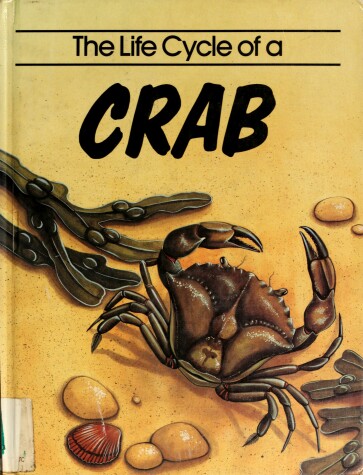Life Cycles (Franklin Watts)
4 total works
"Life Cycles" is a series of specially written first natural history books for the new reader. The life cycle from conception to adultdhood is explained for a variety of familiar animals and plants, each stage in their development is illustrated. The books are designed to be used in a number of ways: young readers can read or follow a text specially set in large type; older children can read the more detailed smaller type. Each title contains suggestions for a simple method of keepig or investigating the animal or plant. This book, part of the "Life cycles" series, tells the reader all about the fascinating life-cycle of the bee. It describes where the bees live and how the hive contains the queen bee, the worker bees and the drones. The text then goes on to explain when the eggs are laid and what stages the eggs and larvae go through before the bee emerges. There is a section at the end of the book which gives further information about different kinds of bees and where to find them. The author of this book has a degree in botany and and MSC in ecology. Apart from this book, she has written six other titles in the "Life Cycles" series.
This book is part of a series on natural history for the new reader. It discusses the life cycle of the barn owl from conception to adulthood. It begins with a summary of their characteristics of birds, how they mate, where the eggs are laid and how the young chicks grow. At the end of the book the reader is told where to look for owls and the traces they leave behind, such as owl pellets or feathers. The author has also written the "Life Cycle of a Duck", "The Life Cycle of a Spider", "The Life Cycle of a Grasshopper" and the "Life Cycle of a Ladybird".
Describes the physical characteristics, habitat, food, and reproductive cycle of the crab.
This book is part of a series on natural history for the new reader he new reader. It goes through the sequences of grasshoppers mating, egg laying and egg hatching followed by the stages the young grasshopper nymph goes through until it reaches adulthood. A section at the end tells the r eader where to look for grasshoppers and how to look after them.

